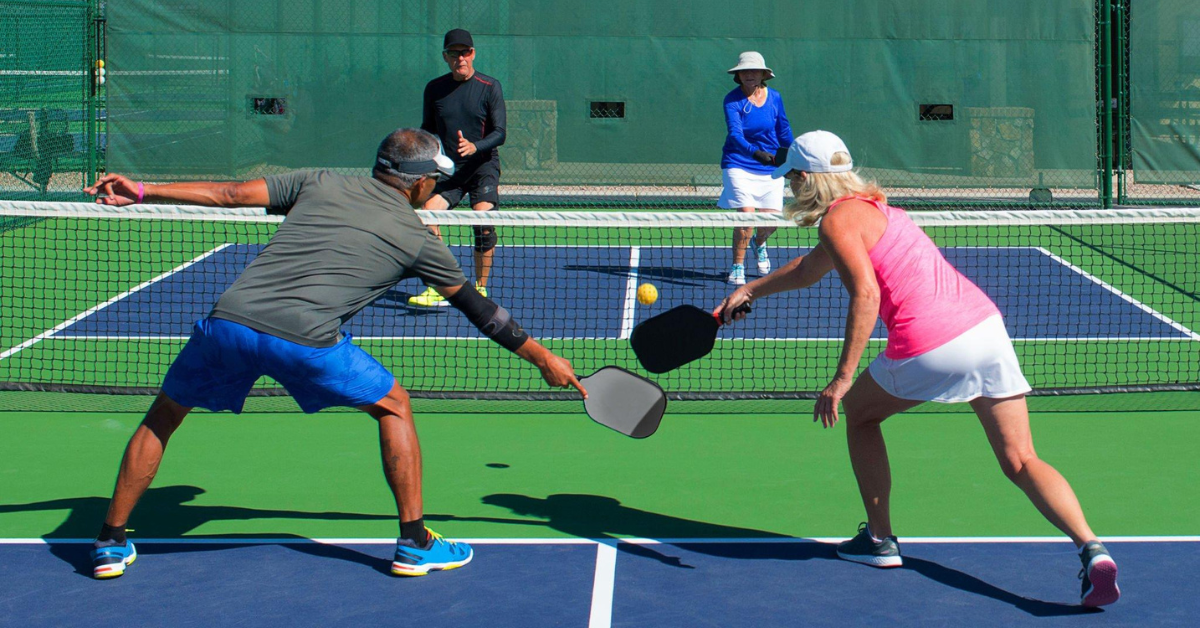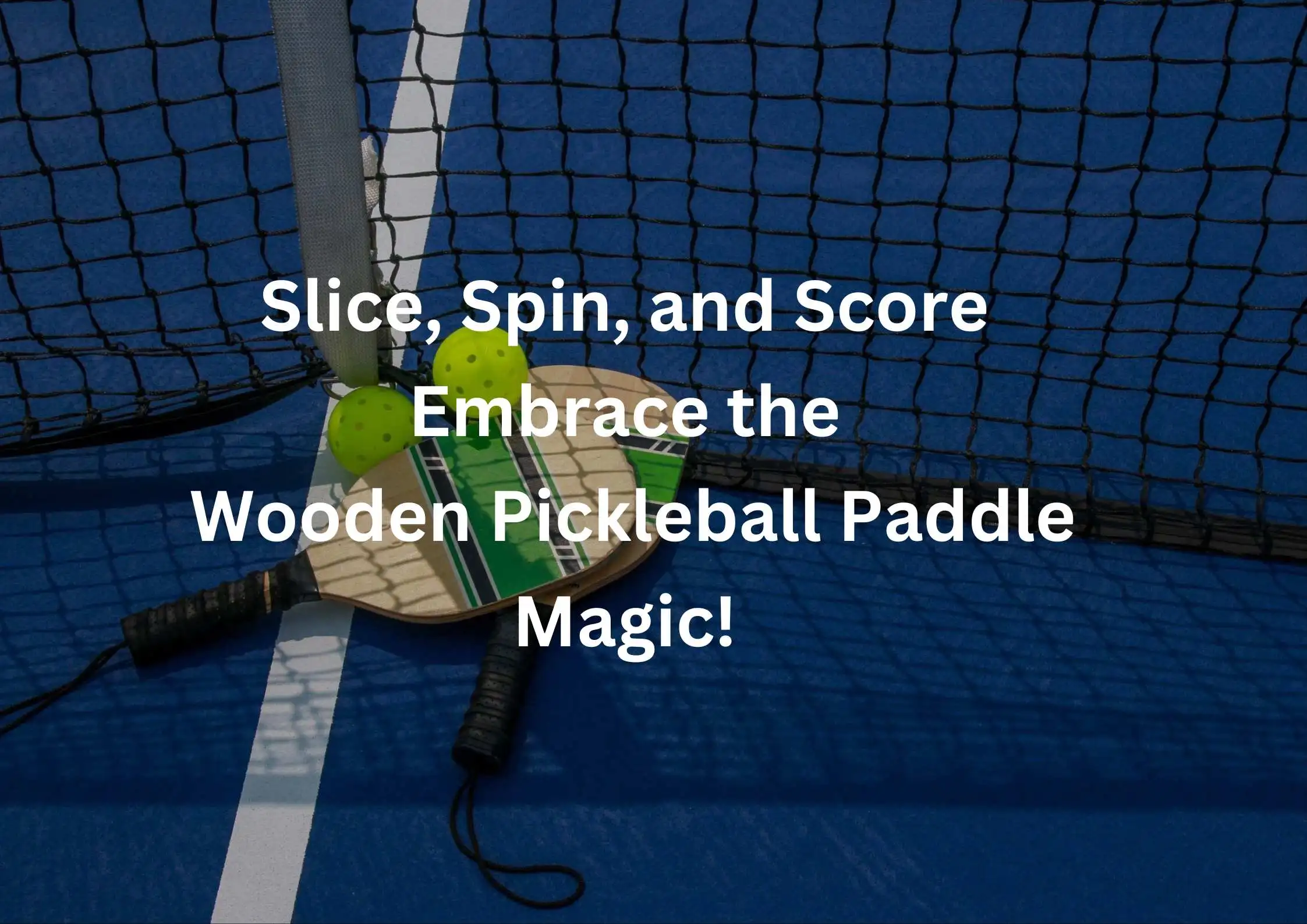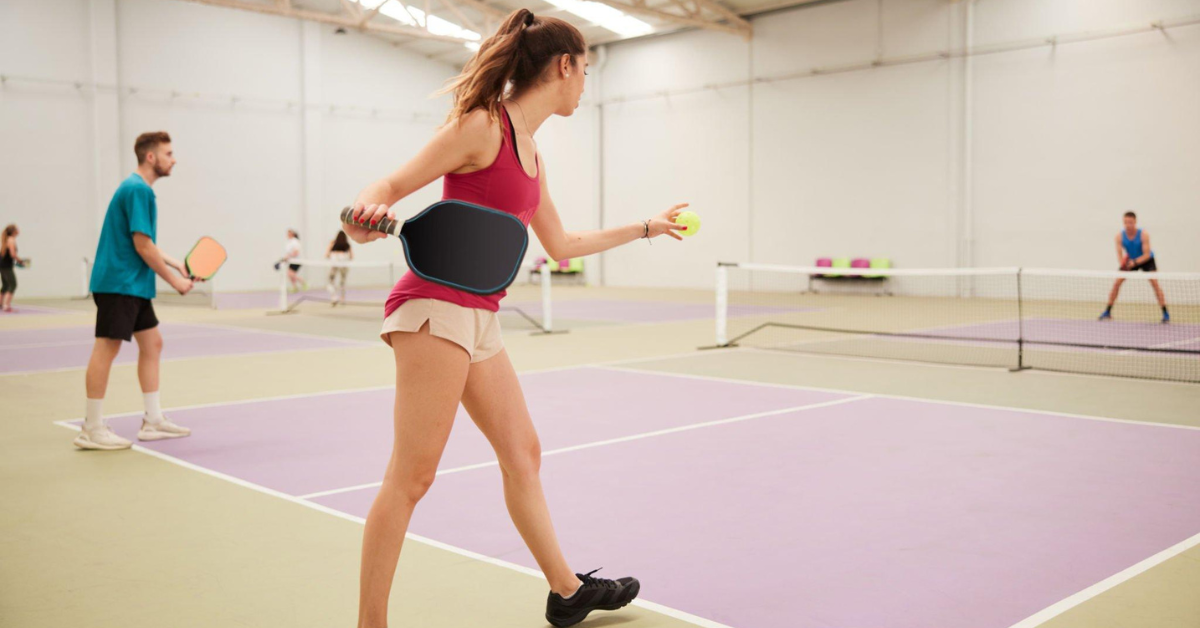Pickleball is a game of skill, strategy, and tactics. Whether you are playing singles or doubles, you need to know how to use your shots, positioning, and movement to gain an advantage over your opponents. In this article, we will share some pickleball strategy tips and techniques that will help you improve your game and win more matches.
Pickleball Strategy 101 for Singles
Singles pickleball is a game of endurance, speed, and consistency. You need to be able to cover the whole court, hit accurate shots, and avoid making unforced errors. Here are some pickleball strategy tips for singles players:
- Serve deep and to the backhand. A deep serve will push your opponent back and give you more time to approach the net. A serve to the backhand will force your opponent to hit a weaker shot or switch to their forehand, which may be awkward for them. A deep and backhand serve will also make it harder for your opponent to hit an angle shot that could pull you out of position.
- Return deep and to the middle. A deep return will prevent your opponent from attacking the net and hitting a drop shot or a drive. A return to the middle will reduce the angles that your opponent can use and make them hit a cross-court shot, which will give you more time to react. A deep and middle return will also make it easier for you to cover the court and anticipate your opponent’s next shot.
- Hit drop shots and drives. A drop shot is a soft shot that lands close to the net, forcing your opponent to move forward and hit a low ball. A drive is a hard shot that goes straight and low over the net, forcing your opponent to move back and hit a high ball. By alternating between drop shots and drives, you can keep your opponent off balance and create openings for yourself to hit a winner or force an error.
- Move your opponent side to side. A good way to create space and angles for yourself is to move your opponent side to side with your shots. You can do this by hitting cross-court shots, down-the-line shots, or inside-out shots. By moving your opponent side to side, you can make them run more, tire them out, and expose their weaknesses.
- Stay at the net. The net is the most advantageous position in pickleball, as it allows you to hit more offensive shots and put pressure on your opponent. You should try to get to the net as soon as possible after your serve or return, and stay there until you win the point or get pushed back by your opponent. When you are at the net, you should try to hit volleys, overheads, or dinks, depending on the situation.
Pickleball Strategy 101 for Doubles
Doubles pickleball is a game of teamwork, communication, and coordination. You need to work with your partner, use your strengths, and cover each other’s weaknesses. Here are some pickleball strategy tips for doubles players:
- Serve deep and to the backhand. Just like in singles, a deep and backhand serve will give you and your partner more time to get to the net and make it harder for your opponents to hit an angle shot or a lob. A deep and backhand serve will also make it easier for you and your partner to cover the court and avoid getting split by your opponents.
- Return deep and to the weaker opponent. A deep return will prevent your opponents from attacking the net and hitting a drop shot or a drive. A return to the weaker opponent will force them to hit a shot that may be less accurate, less powerful, or less consistent. A deep and weak return will also make it easier for you and your partner to get to the net and take control of the point.
- Hit drop shots and drives. Just like in singles, a drop shot and a drive are effective shots to use in doubles. A drop shot will force your opponents to move forward and hit a low ball, which may create an opportunity for you or your partner to hit a volley or an overhead. A drive will force your opponents to move back and hit a high ball, which may create an opportunity for you or your partner to hit a lob or a smash. By alternating between drop shots and drives, you can keep your opponents off balance and create openings for yourselves to win the point.
- Move as a team. A good doubles team moves as a unit, not as two individuals. You and your partner should try to maintain the same distance from each other and from the net, and move in sync with each other. This will help you cover the court better, avoid leaving gaps, and support each other. You and your partner should also communicate with each other, using verbal or non-verbal cues, to indicate who will take the shot, where to hit the shot, and what to do next.
- Stay at the net. Just like in singles, the net is the most advantageous position in doubles, as it allows you and your partner to hit more offensive shots and put pressure on your opponents. You and your partner should try to get to the net as soon as possible after your serve or return, and stay there until you win the point or get pushed back by your opponents. When you are at the net, you and your partner should try to hit volleys, overheads, or dinks, depending on the situation.
Difference for Singles and Doubles
Singles and doubles pickleball have some similarities, but also some differences. Here is a table that summarizes some of the main differences between singles and doubles pickleball:
| Aspect | Singles | Doubles |
| Court size | Larger | Smaller |
| Court coverage | More | Less |
| Physical demand | Higher | Lower |
| Shot selection | More varied | More limited |
| Positioning | More flexible | More fixed |
| Movement | More individual | More coordinated |
| Communication | Less | More |
Conclusion
Pickleball is a sport that requires both physical and mental skills. Whether you are playing singles or doubles, you need to have a good strategy and technique to win more matches. By following the pickleball strategy tips and techniques that we shared in this article, you can improve your game and have more fun on the court.
FAQs
What is the best pickleball paddle for beginners?
There is no definitive answer to this question, as different paddles may suit different players. However, some general factors to consider when choosing a pickleball paddle are the weight, the size, the shape, the grip, the material, and the price. You may want to try out different paddles before buying one, or ask for recommendations from other players or coaches.
What is the best way to practice pickleball?
The best way to practice pickleball is to play with other players who are at your level or slightly above your level. This will help you improve your skills, learn from your mistakes, and challenge yourself. You can also practice pickleball by doing drills, exercises, or games that focus on specific aspects of your game, such as your serve, your return, your drop shot, your drive, your volley, your overhead, your dink, your lob, your smash, your footwork, your positioning, your movement, or your communication.
What are some common pickleball rules and etiquette?
Some common pickleball rules and etiquette are:
- Serve underhand and diagonally, and make sure the ball bounces once before hitting it.
- Do not step into the non-volley zone (also known as the kitchen) unless the ball bounces there first.
- Call the score before each serve, and announce the server’s score, the receiver’s score, and the server number (in doubles).
- Respect the lines and the calls of your opponents, and avoid arguing or disputing them.
- Be courteous and respectful to your partner, your opponents, and other players on the court, and avoid trash-talking, swearing, or complaining.




